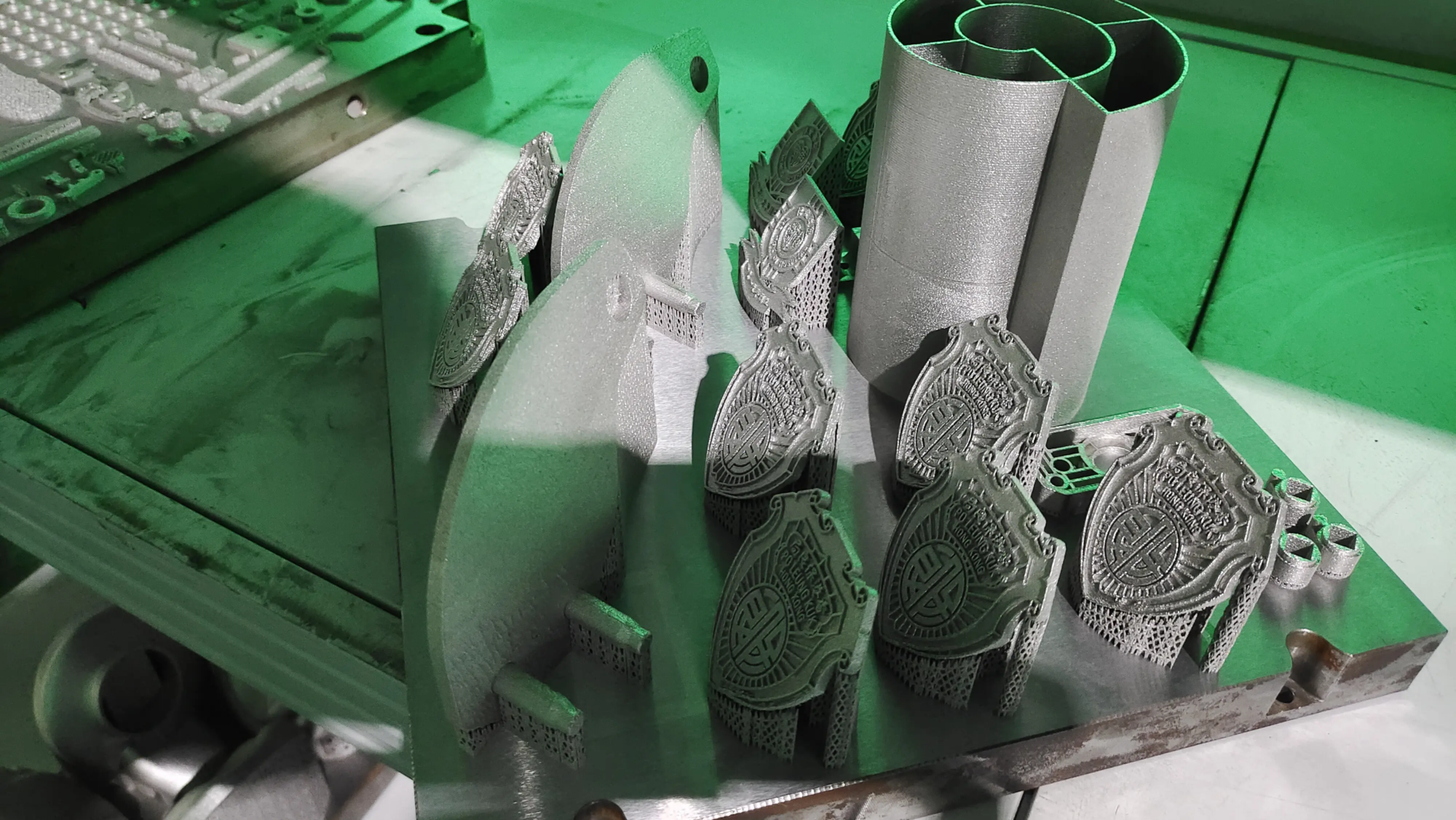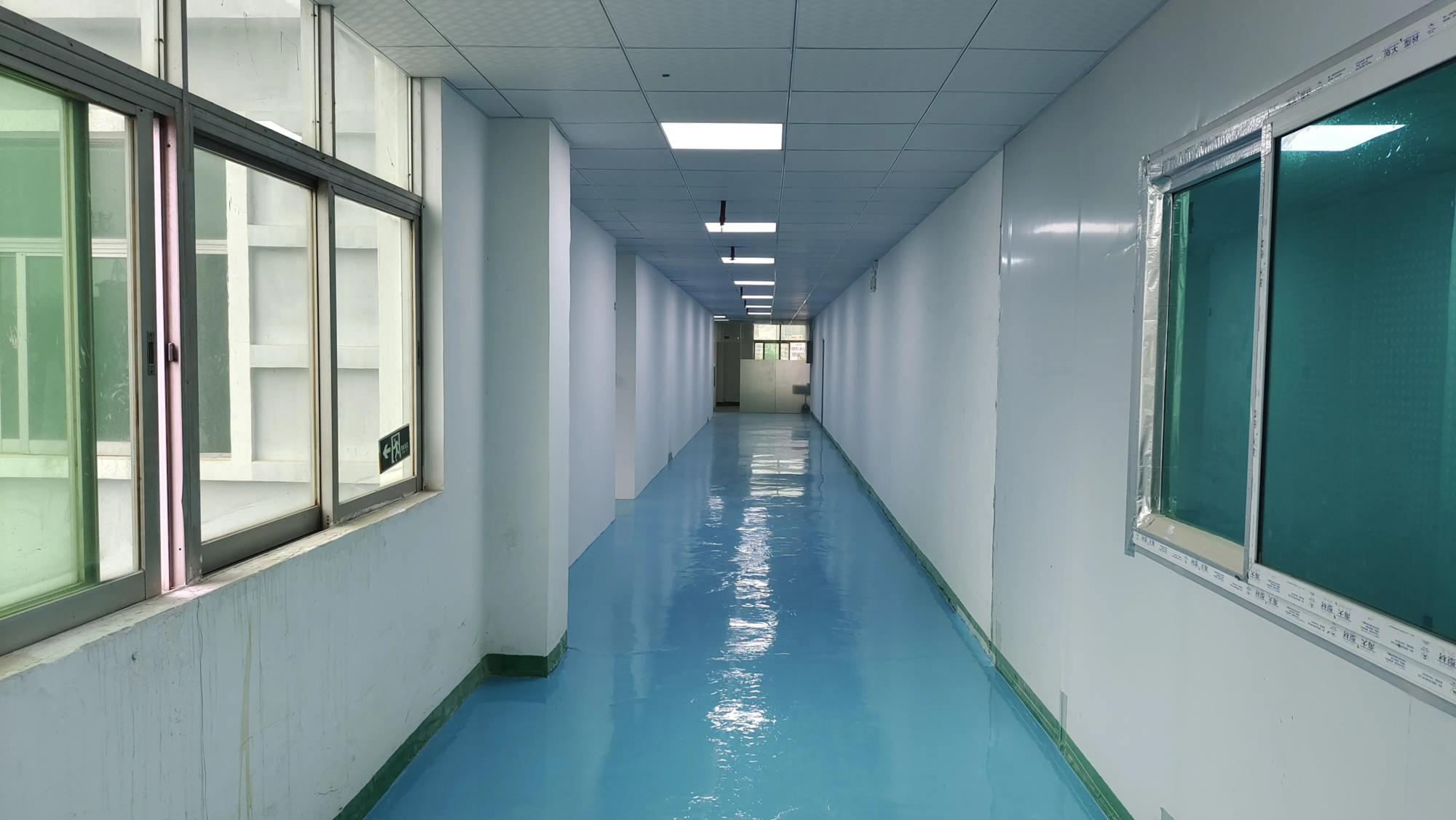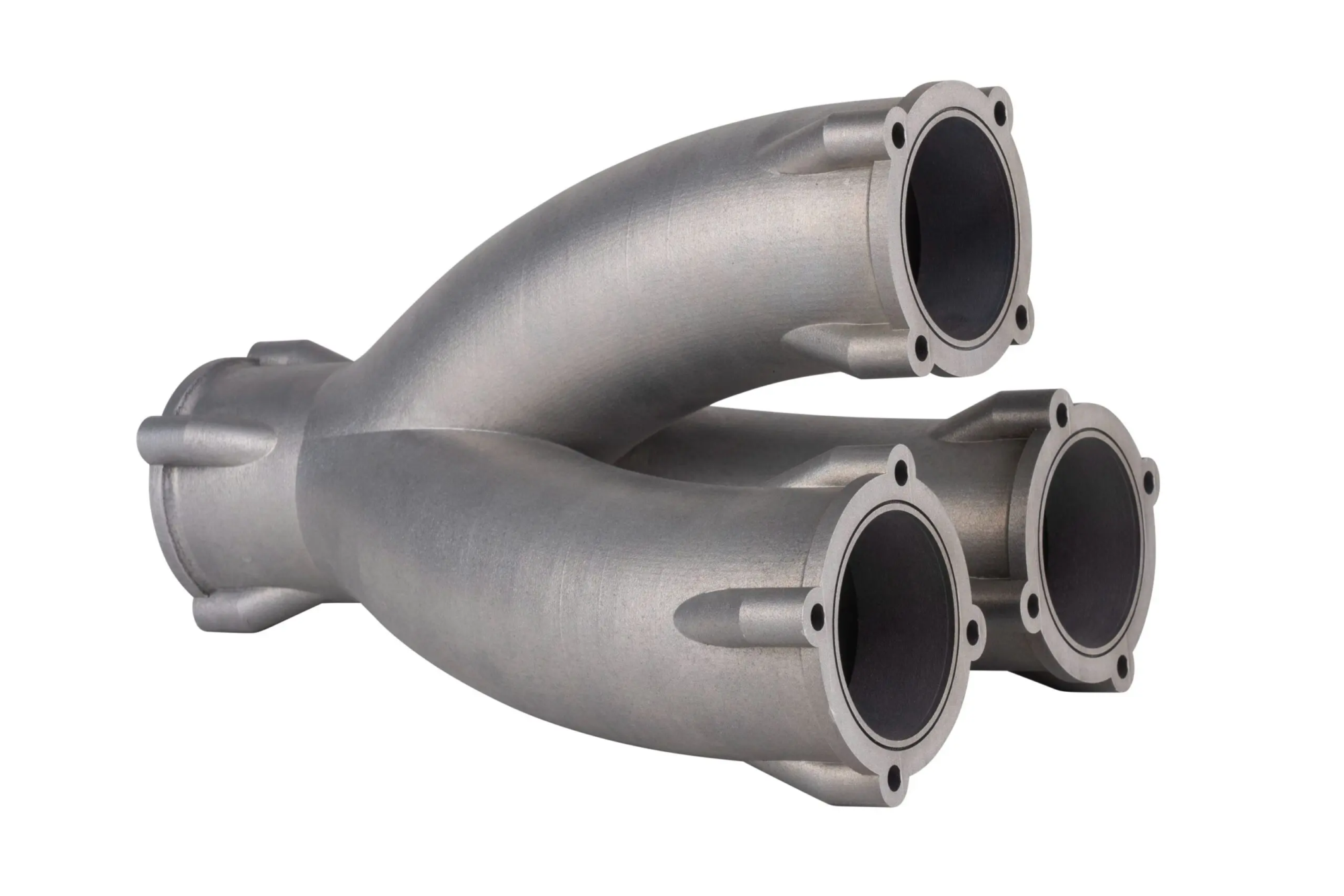Unleash innovation: Mastering the boundaries of 3D printing in 500×500 formats
The ruthless evolution of additive manufacturing continues to crush the boundaries, beyond complex small components, towards the creation of substantive functional parts that can be used for real-world applications. The forefront of this revolution is the large format of 3D printing and mastering the build in the coveted 500x500mm (usually higher), thus unlocking unprecedented design freedom and productivity. For engineers, designers and innovators pushing for restrictions, understanding the technology is key.
Why 500×500? Transformation scale
This particular build envelope (approximately 20×20 inches) is a significant leap compared to standard industrial printers. It greatly reduces the need for part splits and complex components of various components, fundamentally changing the design-to-production workflow. Due to tool limitations or geometric complexity suddenly becomes feasible, it is considered unrealistic or overly expensive due to traditional manufacturing. Key drivers of this scale include:
- Complex overall structure: Design complex internal channels, organic shapes or solidification components as a single unified part – optimize strength to weight ratios, reduce potential failure points and eliminate assembly time and costs.
- Batch production and tools: Simultaneous production of multiple smaller components in a single build board maximizes machine utilization and reduces cost per part. Furthermore, it excels in creating large and complex fixtures, fixtures, molds and patterns.
- Large-scale functional prototype: Rapid iteration and testing end-using size prototypes can significantly speed up verification, especially in industries such as automotive, aerospace, energy and heavy machinery.
- Low volume end-use parts: For custom applications, professional equipment or bridge manufacturing, the production of final parts directly – especially valuable in aerospace components, building features and customized industrial equipment.
Engine room: Master large format additive technology
Achieving precision, reliability and material integrity of large 500×500 builds requires sophisticated technology and sophisticated control. While material selection extensions (including advanced thermoplastics, composites, resins and crucial metals), Selective laser melting (SLM) Stand out by producing powerful high-performance metal components on this scale.
- SLM’s precision is large-scale: SLM selectively fuses fine metal powder layer by layer using high power lasers. At 500×500 scales, maintaining consistent laser calibration, thermal management and re-apply accuracy throughout the build board is crucial. This requires:
- Powerful motion system: Extreme stability and accuracy in laser scanning and retuning mechanisms are not commercially acceptable and edge-to-edge uniformity cannot be ensured.
- Advanced Thermal Control: Complex heating strategies can control thermal stress and minimize warping, which is critical for dimensional accuracy and part of the integrity in large metal constructions.
- Powder handling mastery: Consistent and reliable powder distribution over large areas and efficient and safe powder recovery systems are critical to process stability, reuse and cost-effectiveness.
- High power lasers and optics: Multiple lasers are often combined with beam overlap strategies to maintain construction speed and uniformity over large surface areas.
Beyond Printing: The Key Function of Professional Post-processing
The build volume of 500×500 usually means larger, more complex parts that appear from the machine. Post-processing is not only a step, but also an important stage that requires expertise and industrial competence:
- Support removal: Supports of large and complex geometries are strategically placed, requiring careful removal, usually using CNC machining, EDM cutting or precision band saw to prevent damage.
- Pressure relief and heat treatment: For large metal parts (especially SLM), residual stress must be relieved and the desired metallurgical properties such as hardness and ductility must be obtained.
- Precision machining: Achieving the final dimensional tolerance and critical surface surfaces often requires CNC machining. Fixing large, irregular printed parts requires specialized skills.
- Surface finish: Options range from uniformly textured abrasive blasting to advanced technologies such as vibrating finishes or hand polishing. For high aesthetics or fluid dynamics, painting or paint can be used.
Choose your large format partner: Gremight Advantage
Mastering 500×500 3D printing is not just about investing in large machinery; it requires deep technical expertise, strict process control and comprehensive post-production infrastructure. This is where to work with experienced rapid prototyping providers Great Become priceless.
At Greatlight, we use the most advanced Industrial grade SLM 3D printers are built for reliable high-precision production at 500x500mm (e.g. 500x500mm). Our core strengths include:
- Professional SLM expertise: In-depth understanding of metal powder behavior, laser parameter optimization, thermodynamics, and supporting structural strategies.
- Extensive Materials Portfolio: Ability to handle a wide range of high-performance metal alloys (stainless steel, titanium, aluminum, content, tool steel, cobalt chromium), suitable for customizations tailored to specific application requirements – strength, corrosion resistance, high temperature performance or biocompatibility.
- Seamless one-stop service: From initial design consultation (including DFAM guidance specific to large formats) to printing, Precision post-processing, completion, inspection and quality controlWe handle the entire process chain under a roof.
- Speed and scalability: Optimized workflow and sufficient capacity enable fast turnaround of customized precise parts-prototypes and low-capacity production runs.
- Commitment to quality: Throughout the journey, strict process monitoring and inspection protocols ensure that parts meet the highest standards of dimensional accuracy, mechanical properties and surface integrity.
Conclusion: Build a bigger vision
The mastery of 500×500 large format 3D printing represents a powerful paradigm change. It enables engineers and innovators to go beyond the limitations of traditional manufacturing, the opportunity to design mergers, faster large-scale prototyping, and efficient production of complex, high-performance parts at low volumes. Although the technology itself is significant, the real value lies in the acquisition of professional expertise, reliable industrial equipment and the comprehensive post-processing capability required to transform these large-scale visions into tangible functional reality. Like Greatlight, a company with advanced SLM technology and a full-service approach is ready to work with you and build the future on a large scale.
FAQ: Large format 500×500 3D printing
Q1: Large format 500×500 Which type of material can be used for 3D printing?
A: This depends to a lot on technology. Thermoplastics such as ABS, nylon (PA), PEKK/PEEK and composite materials are common for polymer systems (FDM/FFF, SLS). Resin is used in some large SLA/DLP machines. For demanding applications, it is crucial Metal materials (such as stainless steel (316L, 17-4PH), titanium (Ti6al4v), aluminum (ALSI10MG), Inconel (625, 718), tool steel and cobalt chromium content.
Q2: How accurate is the 3D printing parts in large format? Can they achieve tight tolerances?
Answer: Accuracy is technical and process dependence. Industrial SLM machines for metals on this scale can achieve excellent accuracy and repeatability, usually around ±0.1% of the size or ±0.1-0.2 mm depending on geometry and orientation. accomplish The tightest Tolerances for critical functions almost always require secondary CNC machining, a standard component of professional post-processing services.
Q3: Is large format printing more likely to cause warping or failure? How is this alleviated?
A: Yes, thermal stress is amplified on the larger build volume. Mitigation is a core challenge that requires expertise:
- Support design: The highly optimized support structure strategically manages thermal stress and anchors parts.
- Process parameters: Precise laser power, scanning speed and incubation strategy customization.
- Thermal management: The preheating and environment of the control board minimizes the thermal gradient.
- Interleaved layers: Sequencing strategies reduce concentrated heat accumulation.
- Stress relief: Post-print heat treatment (annealing) is crucial for metal parts.
Question 4: How much does it cost compared to traditional manufacturing of large parts?
A: Large format 3D printing (especially metal SLM) can be highly competitive and even advantageous for large, custom or small-volume parts compared to CNC machining (high material waste, complex setup) or casting (expensive tools, min., min.) for large-format 3D printing (especially metal SLM). It eliminates tool costs and greatly reduces material waste. For simpler shapes and lots, traditional methods can still keep edges. It is crucial to consider the cost-benefit analysis of part complexity, quantity, lead time and materials.
Q5: Can Greatlight handle complex designs and a large number of designs in 500×500 printing?
Answer: Absolute. Our advanced SLM technology and deep design for additive manufacturing (DFAM) expertise enable us to successfully produce highly complex, hollow, lattice-filled or biographical figure-inspired monolithic parts. At the same time, we effectively divide multiple smaller components onto a single build board, optimizing the cost and productivity of lower batches. Our one-stop service ensures that from design to completion, a part of the complexity and quantity needs are professionally met. Let us help you push the boundaries of possible outcomes.





